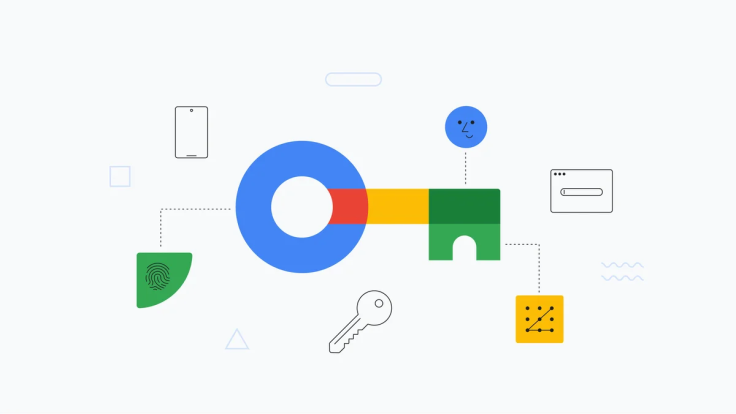Passkeys has proven to be one of the most nifty and secure ways to log in. Now, Google has upgraded its Chrome browser for desktops to allow users to save their credentials for hassle-free login in the future.
This update will be available in Chrome's built-in Google Password Manager, which will save passkeys alongside other login credentials that are still text-based.
Using a passkey only requires users to use their biometrics like fingerprints or facial recognition on their device to authenticate a login.
Chrome's Desktop Now Saves Passkeys via Google Password Manager

The latest support document by Google has now confirmed that Chrome's desktop app can now store Passkeys, which will be saved via Google Password Manager. Users need not worry about installing a new app as Google Password Manager is built into Chrome, and it will be available as a direct service for login requirements.
This feature is available for Windows 10, Windows 11, Apple's macOS, Linux, and ChromeOS. However, it should be noted that this is still on beta.
This feature will use the computer's available biometric methods for authenticating a passkey, focusing on Windows Hello and the Mac's Touch ID. Before, users had to scan a QR code on their Android devices to authenticate a passkey login on Chrome desktop.
This will no longer be the case.
Here's How to Save a New Passkey for the Chrome Browser
Saving a passkey on the desktop will require users to add it manually via the Chrome app. Beside the Chrome profile, open the More menu, look for Passwords and autofill, and choose Google Password Manager.
Next, select Settings and click on Manage passkeys.
Other websites will offer users a way to create passkeys, while other logins will have Chrome prompt to "save passkey" automatically.
Passkeys Revolutionize Password-less Logins
Now that almost all platforms and services on the web require logins, keeping track of all these credentials can be challengong as it is not recommended to use the same password on various websites. This has led to Passkey's rise in popularity and usage.
Through this technology, a user can enjoy a password-less login, which will then be authenticated using their eligible devices.
Google has since adopted Passkeys and made it a default for signing in to Google accounts, launching it as part of its Cybersecurity Awareness Month. Google is letting users "skip" entering passwords and has given them the choice of utilizing a passkey or using the traditional username and password login method.
Moreover, Google also integrated Passkeys into Android's API, and this will allow users to store login credentials on different platforms and websites that will only require scanning biometrics to autofill on login pages.
The only catch with Passkeys is that users need to enter their username and password one last time before being saved by the technology. After that, they are treated to a hassle-free experience, which is also now available on Chrome's desktop app.
Related Article : Google is Launching an Android API Which Lets You Use Passkeys to Login









